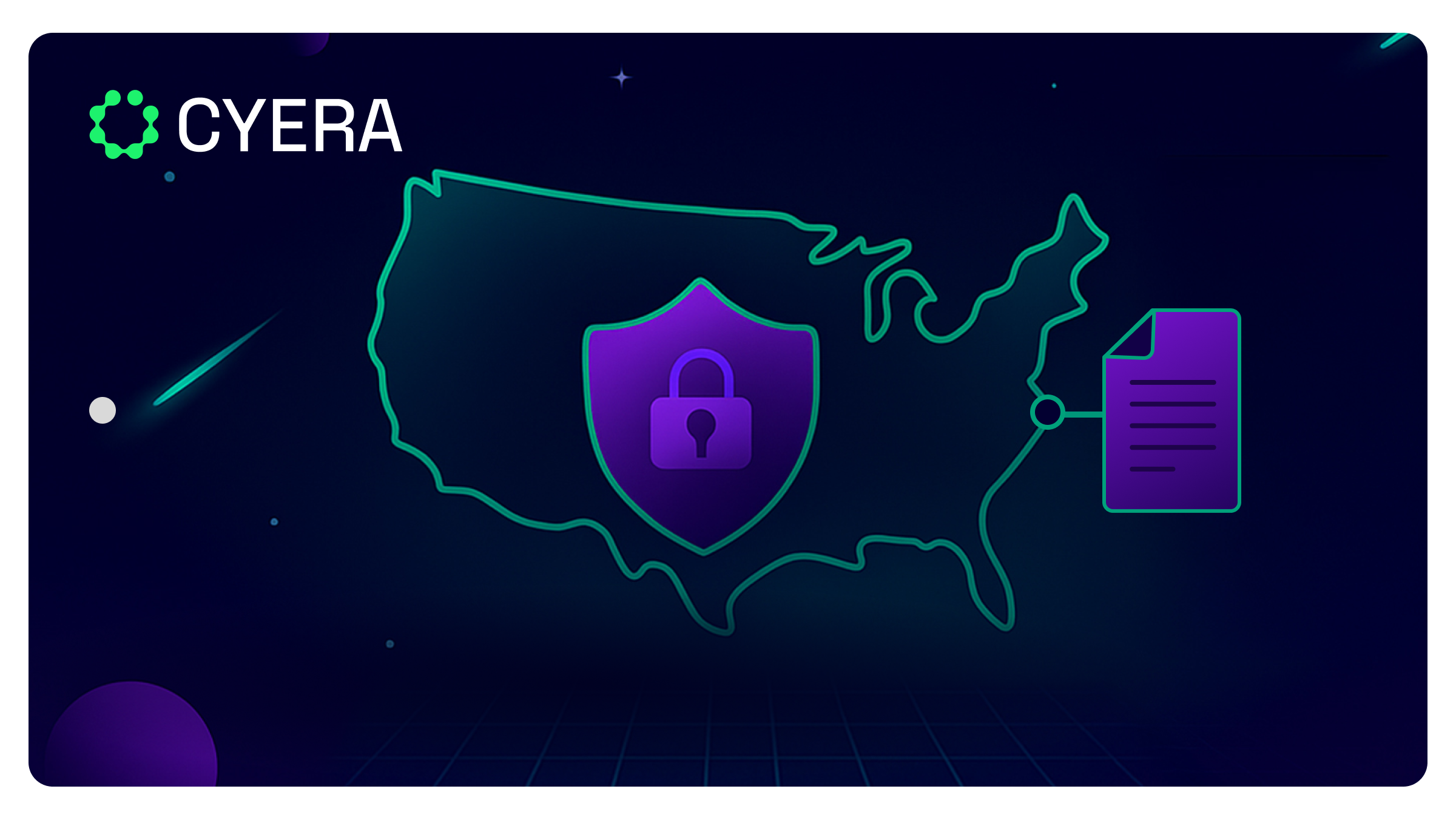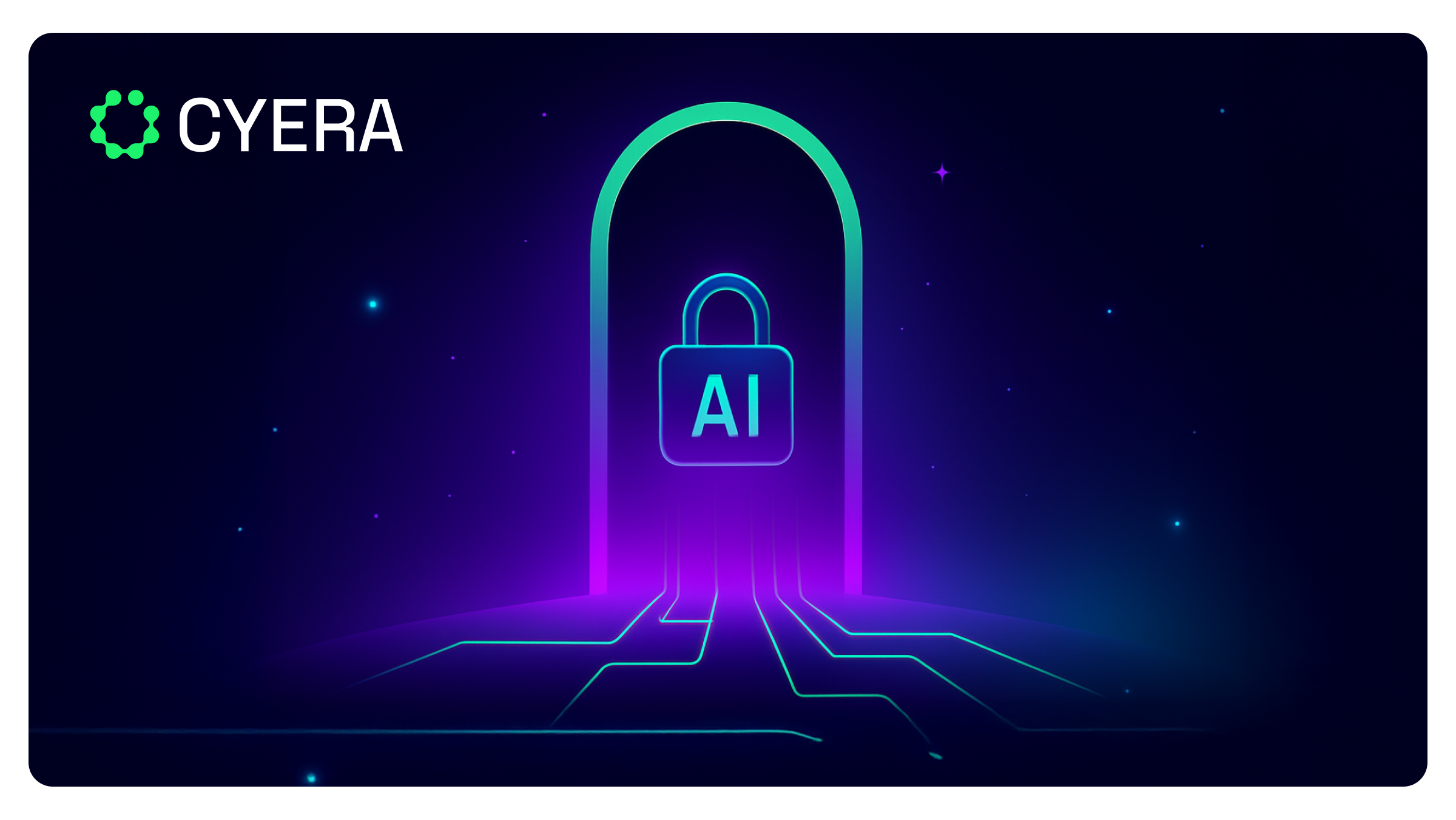Rethinking Zero Trust in the Age of AI: Why Following the Data Is the New Trust Boundary

Artificial intelligence is rewriting the rules of cybersecurity. AI systems and agents now act faster than humans, make autonomous decisions, and access vast amounts of enterprise data. These capabilities enable innovation, but they also break the principles Zero Trust is meant to enforce.
Traditional Zero Trust frameworks were designed for people: authenticating identities, verifying devices, and granting least privilege access. But AI is breaking many Zero Trust notions. AI moves across platforms, interacts with sensitive information in seconds, and can take actions faster than security controls can evaluate them. To protect enterprise data in this new reality, security must evolve. The future of Zero Trust must have a greater emphasis on data.
When AI Breaks Zero Trust
Zero Trust was built on least privilege access, identity verification, and network segmentation. These models worked when employees were predictable and systems were static. AI changes the equation. It operates dynamically, crossing boundaries and handling sensitive data that legacy controls were never designed to manage.
OWASP, the Open Web Applications Security Projects, highlights this risk in their Top 10 for GenAI and LLM Risks, in what they term “Excessive Agency”. It’s when AI systems are given too much autonomy or functionality. AI agents can now send emails, modify files, or initiate business workflows with minimal human oversight. Each of these actions introduces new risk, and traditional least privilege models struggle to keep pace.
The result is that AI is breaking traditional Zero Trust approaches. Human-centric access models cannot scale to control autonomous agents acting at machine speed. Security teams must redefine how they apply least privilege, verification, and monitoring. The only scalable approach is to make data itself the enforcement layer.
The Future of AI Security Is Data Centric
In this new paradigm, AI Security is no longer about controlling endpoints. It is about controlling how data is accessed, transformed, and shared by AI systems. Following the data allows organizations to build controls that move at the same velocity as AI.
Forrester’s AEGIS framework for AI governance calls this out directly: security must shift toward data observability, context, and accountability. Rather than restricting AI innovation, a data centric model enables it by ensuring that AI can operate safely, with full transparency and auditable controls.
Cyera’s platform operationalizes this shift. By combining Data Security Posture Management (DSPM) with AI Security Posture Management (AI-SPM), Cyera provides a unified view of what data exists, who or what is accessing it, and how AI systems are using it. The platform automatically applies the right AI Security Solution to enforce governance without slowing innovation.
Building a Data Centric Zero Trust for AI
A modern Zero Trust for AI strategy begins with visibility. You cannot protect what you cannot see. Cyera’s DSPM discovers and classifies sensitive data across cloud, SaaS, and hybrid environments, revealing where critical assets live and how they are being used.
From there, AI-SPM maps the relationship between data and AI tools, whether those are public, embedded in SaaS platforms, or internally developed. This provides a real time inventory of AI usage and risk exposure.
Once visibility is established, Cyera enables continuous monitoring and control. Governance policies identify risky behavior such as unauthorized prompts or data movement, and automatically block or alert on violations. Security teams can enforce least privilege access dynamically at the data layer without constraining AI performance.
This approach transforms Zero Trust into a living, data driven architecture that can scale with autonomous systems and self learning agents.
Balancing Autonomy and Control in AI Systems
The goal of AI Security is not to slow down innovation, it is to make it safe. The OWASP guidance recommends adopting a “least agency” model for AI, restricting not only the data agents can access but also the actions they can take.
In practice, this means pairing traditional Zero Trust identity principles with AI specific controls. Security controls intended for humans are often inadequate for AI, which moves much faster.. Cyera’s AI Security Solution provides the real-time observability needed for AI by linking AI activity directly to the data it touches.
This balance between autonomy and control is what makes Zero Trust for AI achievable. Instead of limiting AI’s capabilities, organizations gain the confidence to deploy it more broadly, knowing that every action is accountable and every dataset is protected.
Why Following the Data is Critical
In a world where AI systems create, consume, and transmit data at unprecedented scale, the network perimeter no longer defines trust. The data does. By anchoring security in data classification, lineage, and access context, organizations can maintain control no matter where or how AI operates.
Zero Trust for AI requires a shift in mindset, from securing identities to securing data flows. Cyera helps enterprises make that shift by providing unified visibility across data and AI systems, integrating directly with existing security stacks, and automating continuous enforcement.
The result is not just compliance. It is confidence. When organizations understand and control their data, they can innovate freely and responsibly with AI.
Frequently Asked Questions
What is Zero Trust for AI?
Zero Trust for AI extends traditional Zero Trust principles such as least privilege and continuous verification to AI systems and agents. It focuses on protecting data itself, ensuring that every access or action by an AI model is verified, governed, and auditable.
How does AI SPM differ from DSPM?
AI-SPM (AI Security Posture Management) tracks how AI systems and tools access, use, and transform data. DSPM (Data Security Posture Management) provides visibility into where sensitive data resides and its risk posture. Together, they form the foundation of a complete AI Security Solution.
Can traditional Zero Trust architectures handle AI?
Not effectively. Legacy Zero Trust frameworks were built around human users and devices. AI introduces autonomous behavior, dynamic data flows, and new risk vectors that require data centric visibility and real time control.
Why is following the data so important?
Because AI systems move faster than any access control can. By embedding controls in the data itself, organizations can govern AI behavior automatically, maintaining trust even as systems evolve and scale.
Data As the New Control Plane
AI is rewriting the rules of Zero Trust. The future of AI Security depends on visibility, context, and control at the data layer. By following the data, organizations can protect what matters most without slowing innovation.
Cyera enables this evolution with an integrated AI Security Solution that combines DSPM, AI SPM, and real time policy enforcement. Together, these capabilities form the foundation of a truly modern Zero Trust for AI architecture.
Ready to take the next step?
Request a demo with Cyera today to see how you can operationalize Zero Trust for AI, from data discovery and AI mapping to continuous monitoring and enforcement.
Gain full visibility
with our Data Risk Assessment.


